
Collection
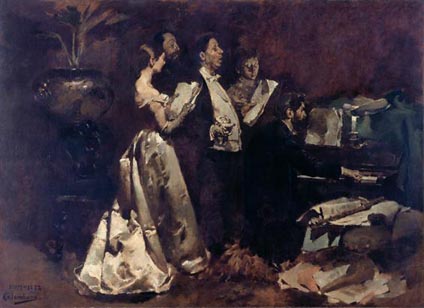
The National Museum of Contemporary Art - Museu do Chiado's collection crosses the history of Portuguese art from the second half of the 19th century until today, constituting a compulsory point of reference for those interested in its study.
The start of the collection is marked by the emergence of Romanticism, in the mid-19th century. Artists such as Tomás da Anunciação and Cristino da Silva convey the romantic spirit through colossal landscapes, rustic and vibrant settings and twilight background lighting. Animalism and portraiture, whose greatest exponents were Anunciação and Luiz de Menezes, complete the romantic themes. The portrait in Miguel Ângelo Lupi’s work has also been reconsidered from a realistic perspective.
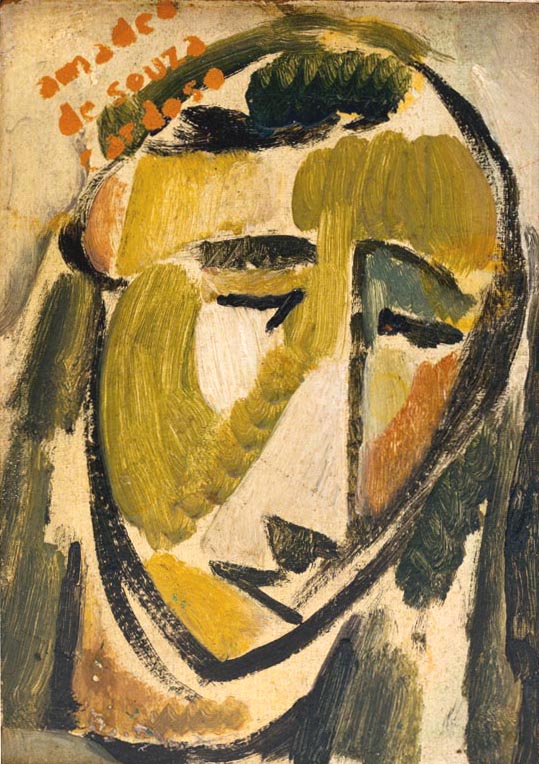
A moment of renewal was experienced with the introduction, by Silva Porto and Marques de Oliveira, of research into the possibilities of natural light, updating the understanding of nature and the way it had been approached pictorially. The landscape rendered as observed was the main area of experimentation in Naturalism, alongside the portrait, which finds its finest expression in the work of António Ramalho and, above all, Columbano Bordalo Pinheiro.
Introducing new artistic elements, the Symbolism of António Carneiro and Sousa Lopes marks the transition to the 20th century, which began with a brief but striking outburst of avant-gardism, best exemplified by the work of Amadeo de Souza-Cardoso, the near unique work of Santa Rita and the Orphism of Eduardo Viana. Other courses of renewal were defined by the Expressionism of Mário Eloy in the 1920s and the Dimensionism and Surrealism that António Pedro developed in the 1930s, establishing a link to the later young surrealists of the 1940s.
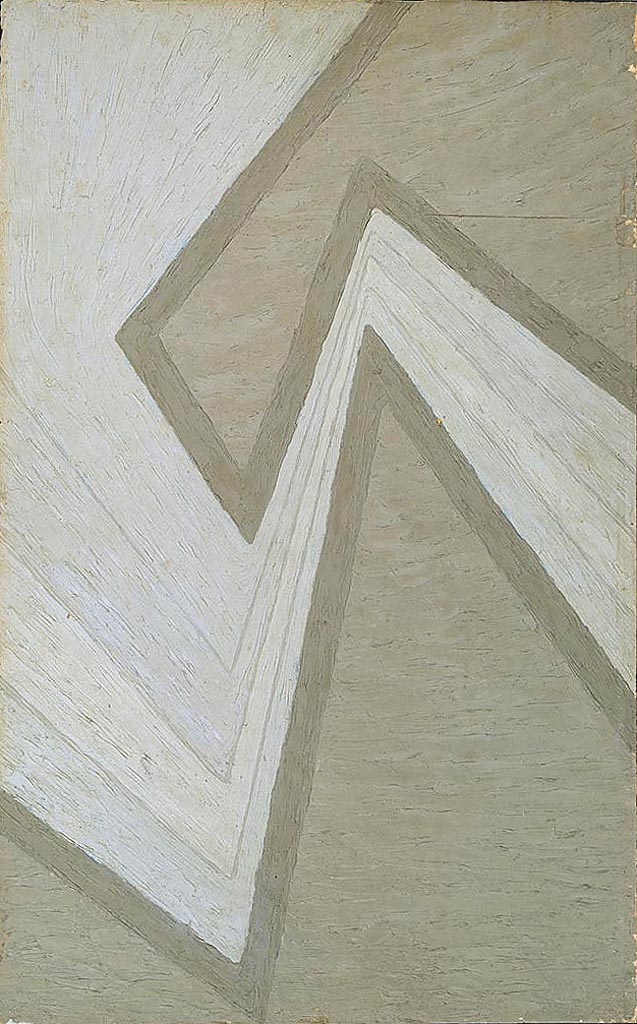
Alongside these innovative studies, Portuguese Modernism, defined by an ‘indispensable balance’ consistent with the ‘politics of the spirit’ of António Ferro, was being developed by a group of artists. Thus, Almada Negreiros, Dordio Gomes, Abel Manta, Bernardo Marques, Carlos Botelho and Viana and Eloy themselves, and the sculptors Canto da Maia, Diogo de Macedo and Francisco Franco based their research on a classicism that took its fundamental references from Cezánne’s volumetric organisation and the work of Picasso’s classic period.
Political concerns remained outside artistic expression until the Neo-realism of the 1940s, when a group of artists, amongst whom Manuel Filipe and Júlio Pomar stand out, gave social critique a formal shape through expressive distortion. At the same time, Surrealism developed, which re-updated the artistic discourse through experimentation and chance in the production processes. António Dacosta, Marcelino Vespeira, Fernando Lemos, Fernando de Azevedo, Jorge Vieira and Mário Cesariny were the movement’s main protagonists. Abstract Art, introduced in 1944 by Fernando Lanhas, completes this panorama. Lanhas worked alone until Jorge Vieira in sculpture and Nadir Afonso and Joaquim Rodrigo in painting also developed an interest in abstraction.
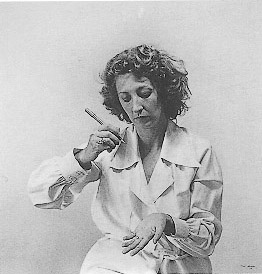
The 60s and 70s consolidated a break, in artistic terms, from the updating of pressuppositions and methods. The avantgarde spirit was reclaimed and the artists and trends that concerned them multiplied, ranging from New Figuration in the works of Paula Rego and Joaquim Rodrigo, to the New Abstraction that objectifies the painting of Jorge Pinheiro, the experimentation on the object conducted by several members of the KWY group, in particular Lourdes Castro and René Bértholo, the adaptation of Pop Art to the Portuguese context by Sá Nogueira, the examination of issues of perception by Noronha da Costa and Jorge Martins, the research into signs by António Sena and João Vieira, and the pressuposition-bound work of the externally dominant Land Art and Post-conceptual movement, amongst whom Alberto Carneiro, Helena Almeida and Julião Sarmento stand out. The return to painting, to the forms and to the expressionism experienced in the 80s, as well as other internationally pregnant issues relating to the image and its identity, are represented in the collection through the work of the decade’s foremost artists: Júlia Ventura, José Pedro Croft, Julião Sarmento, Jorge Molder, Pedro Cabrita Reis and Rui Sanches.
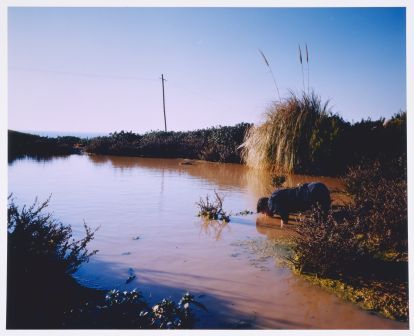
Authorship, deviation and similarity are the themes expressed in the
work of João Penalva, who, along with the romanticism of Rui Chafes and
the critical conscience of the Homeostético group, makes the transition
to the 90s, marked by different but consuming concerns (Ângela Ferreira,
João Tabarra, Miguel Palma, Augusto Alves da Silva), in establishing a
reflexive dialogue with politically, socially and culturally compromised
statements. In a constant process of updating, the collection contains
examples of very recently produced work by artists at the forefront of
21st century art, such as Alexandre Estrela, João Onofre and João Pedro
Vale.








